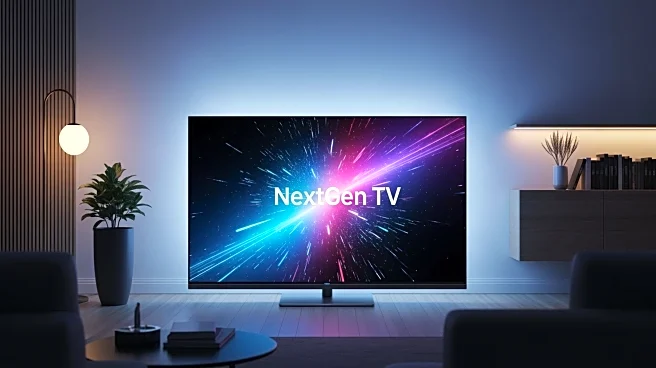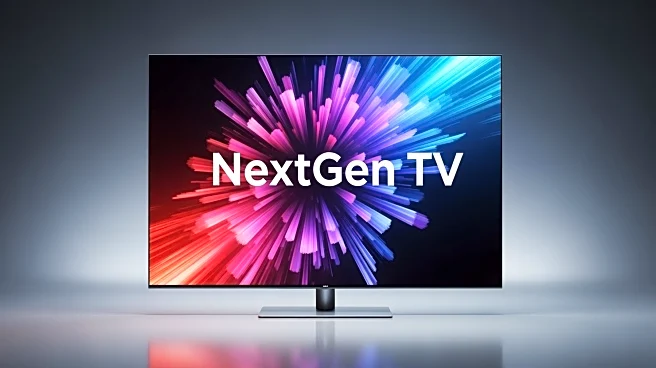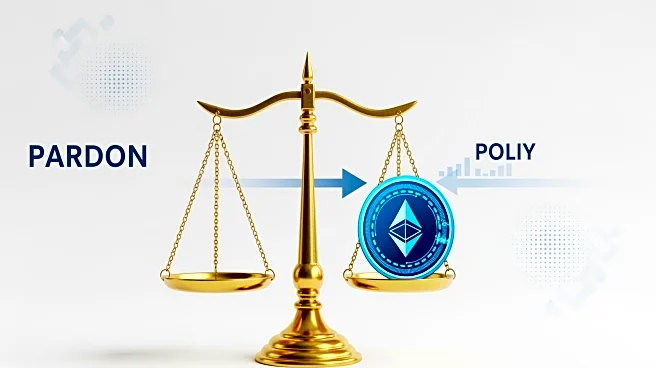What's Happening?
The Federal Communications Commission (FCC) is preparing to vote on a proposal aimed at accelerating the transition to ATSC 3.0, also known as NextGen TV. This new broadcast signaling standard promises to deliver enhanced features such as 4K video, high
dynamic range (HDR), improved audio, and advanced advertising capabilities. The transition is expected to enable broadcasters to offer high-speed datacasting services. The FCC's draft order suggests a two-phase plan that would allow full-power stations in major U.S. markets to complete the transition by February 2030. However, there is no mandatory deadline for broadcasters to switch from the current ATSC 1.0 technology to ATSC 3.0. The proposal has sparked debate among industry stakeholders, with some expressing skepticism about the potential financial benefits for local broadcasters.
Why It's Important?
The transition to ATSC 3.0 is significant as it represents a major technological upgrade for the broadcasting industry, potentially enhancing the viewing experience for consumers. However, the financial implications for broadcasters remain uncertain. While some see NextGen TV as a path to growth in the face of competition from streaming services and 5G networks, others doubt its ability to generate substantial new revenue streams. The lack of a mandatory transition deadline may slow the adoption of ATSC 3.0, affecting broadcasters' ability to capitalize on new capabilities. Additionally, the transition could impose costs on cable operators and consumer electronics manufacturers, influencing market dynamics and consumer choices.
What's Next?
The FCC's upcoming vote on October 28 will be a critical step in determining the future of the NextGen TV transition. If approved, the proposal could lead to increased flexibility for broadcasters in planning their transition strategies. The FCC is also seeking input on how the transition will impact various stakeholders, including consumers and cable operators. The outcome of the vote and subsequent industry responses will shape the pace and nature of the transition, with potential implications for the broader media landscape.
Beyond the Headlines
The transition to ATSC 3.0 raises broader questions about the role of government mandates versus market-driven approaches in technological advancements. The debate highlights the challenges of balancing innovation with economic feasibility and consumer interests. The FCC's decision could set a precedent for how similar transitions are managed in the future, influencing regulatory approaches in the broadcasting and technology sectors.













